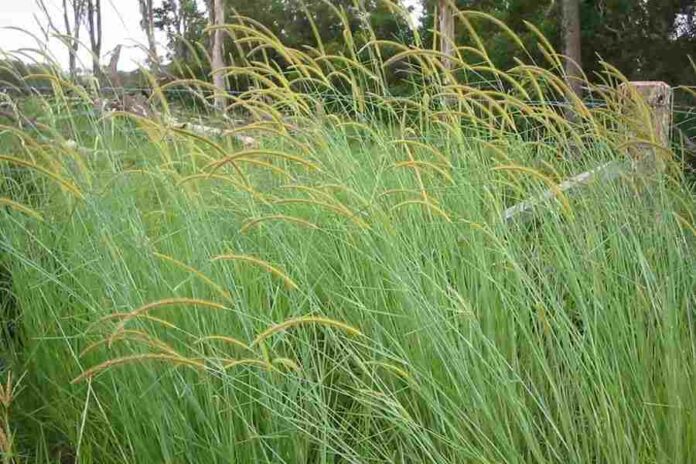Dairy farmers can increase milk production by adopting the giant Setaria grass, a fodder crop that was developed by the Kenya Agricultural and Livestock Research Organization.
Unlike other fodder crops, Setaria grass is tolerant to some diseases, such as head smut and stunt diseases, and can increase milk yields by 25 percent.
Despite its superior characteristics, the crop’s uptake in the country remains low primarily due to a lack of information, with many farmers relying on Napier grass.
Jackson Keitany: How dairyman earns Sh. 46,000 more monthly switching feeds
It grows well in both low and high-altitude regions and can yield up to four tons of dry matter per acre per year. The crop can be established from seed, splits, or rooted cuttings, but experts say is best established from seed.
When planting, observe a spacing of 50cm by 50cm. Apply TSP/DAP fertilizer at the rate of one bottle top per hole (one bag of TSP/DAP or 2 bags of SSP per acre) or FYM/compost manure at the rate of 2 handfuls per hole (4 tonnes FYM/compost) per acre at planting.
Keep the farm weed-free, especially during the initial period of establishment. After the grass is well established, it competes well with weeds.
Subsequent harvests are done at six to eight weeks intervals. After every two harvests, apply CAN fertilizer at the rate of one bottle top per stool, translating to two bags of 50kg per acre. Alternatively, apply two handfuls of farm yard/compost manure per stool.








